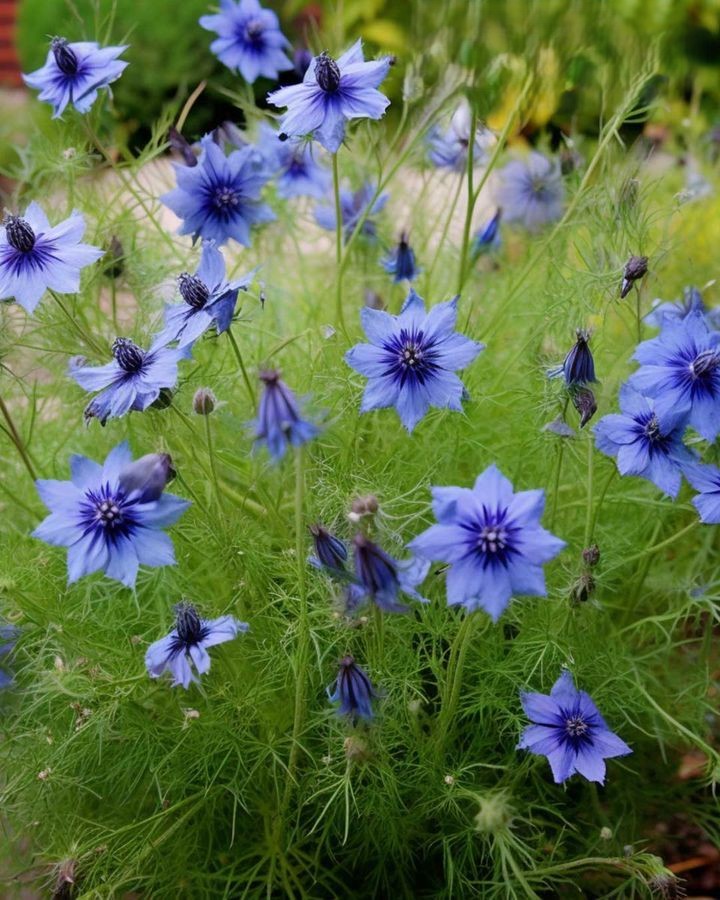Creating a vibrant and low-maintenance garden is a goal that many gardening enthusiasts aspire to achieve. The concept of self-seeding plants has gained immense popularity among gardeners due to its ability to provide a continuous supply of beautiful blooms and foliage without constant intervention. Imagine planting a few seeds or seedlings and watching as your garden becomes a tapestry of colors and textures, with new plants popping up year after year. This phenomenon is the magic of self-seeding plants, a boon for both seasoned gardeners and those just beginning their gardening journey.
Understanding Self-Seeding Plants:
Self-seeding plants, also known as self-sowers or volunteers, are plants that produce seeds that naturally fall to the ground and germinate without the need for human intervention. These plants have evolved mechanisms to scatter their seeds, ensuring the survival of the species. This process closely mimics the natural cycle of plants in the wild, where seeds are dispersed by wind, water, or animals, allowing them to establish new growth in favorable conditions.
Pros of Self-Seeding Plants:
Embracing self-seeding plants in your garden comes with a plethora of benefits that contribute to a flourishing and dynamic landscape:
Low Maintenance: One of the most significant advantages of self-seeding plants is their low maintenance nature. Once they are established, they require minimal care. Since they are adapted to your local climate and soil conditions, they often thrive without the need for excessive watering, fertilization, or pest control.
Cost-Effective: Self-seeding plants provide excellent value for your gardening investment. A single initial planting can yield numerous generations of plants, eliminating the need to buy new seeds or seedlings each year.
Natural Beauty: Self-seeding plants lend an air of authenticity and natural beauty to your garden. They give a sense of wildness and serenity, creating a more relaxed and informal atmosphere.
Adaptation to Conditions: These plants tend to be well-suited to the specific conditions of your garden, as they have adapted over time to your climate, soil, and other environmental factors. This often makes them hardier and more resilient than exotic species.
Biodiversity: Self-seeding plants promote biodiversity by attracting a variety of pollinators, birds, and beneficial insects. This creates a healthier ecosystem within your garden and contributes to the overall well-being of your landscape.
Continuous Blooms: Self-seeding plants often have extended blooming periods, ensuring that your garden remains colorful and lively throughout the growing season. As one set of plants completes its lifecycle, new plants emerge to take their place.
Garden Evolution: The dynamic nature of self-seeding plants means that your garden is constantly evolving. New combinations of plants and unexpected arrangements can create a unique and ever-changing visual experience.
see continuation on next page
